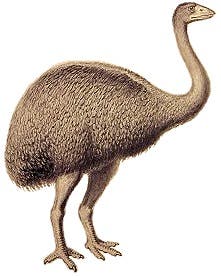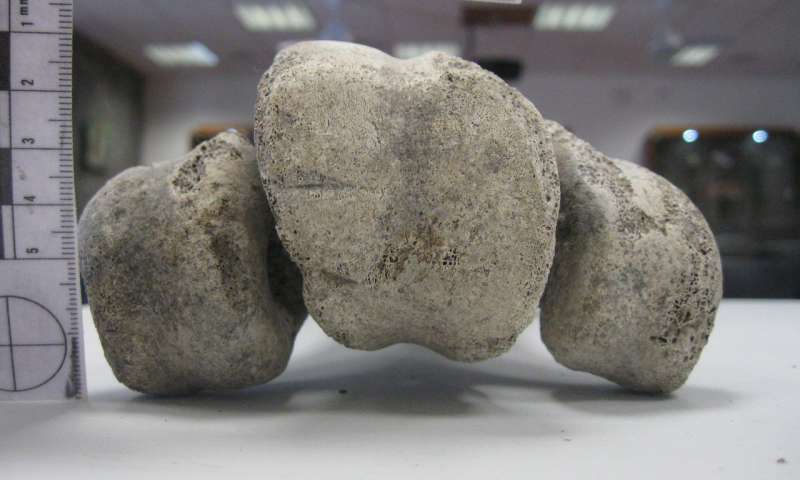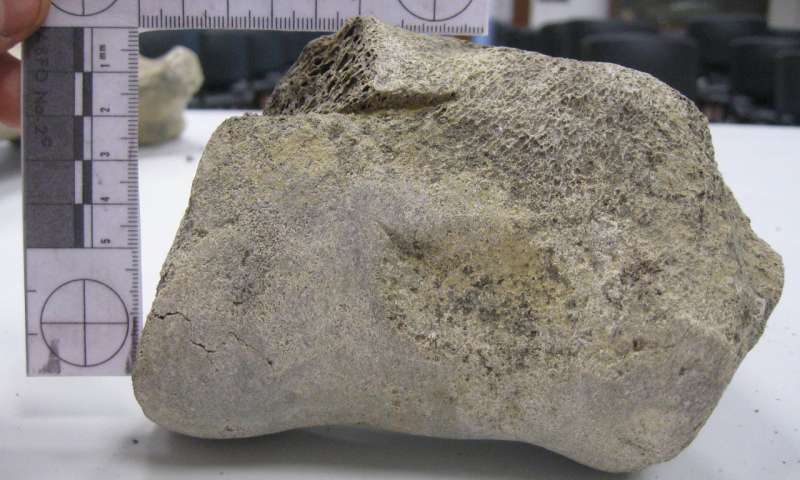
In Madagascar, one of the most important biodiversity hotspots on the face of the planet, there once was a giant avian species that stood 3 meters tall and laid eggs bigger than even those of dinosaurs. The elephant bird, as this majestic but now-extinct species was named, was wiped out by humans around 1,000 years ago, after arriving on the inaccessible island only a couple centuries prior — or did they?
Ancient butchery

Researchers examined the leg-bones of Aepyornis maximus, an elephant bird species, which was dated to 10,500 years and were stunned to notice clear cut marks made by humans tools. The findings suggest that humans arrived on Madagascar far earlier than people thought. They also point to a more complex extinction story than meets eye.
“Our research provides evidence of human activity in Madagascar more than 6,000 years earlier than previously suspected—which demonstrates that a radically different extinction theory is required to understand the huge biodiversity loss that has occurred on the island. Humans seem to have coexisted with elephant birds and other now-extinct species for over 9,000 years, apparently with limited negative impact on biodiversity for most of this period, which offers new insights for conservation today,” said Dr. James Hansford from the Zoological Society of London’s Institute of Zoology.
The fossils were retrieved from Iakaka, a once quiet village in the south-central part of the island that turned into a bustling town numbering tens of thousands of inhabitants following the discovery of important gemstone deposits. While digging for sapphires and other precious stones, the locals came across supposed dinosaur bones that later turned out to belong to giant lemurs, crocs, and elephant birds.

Patricia Wright from Stony Brook University and colleagues examined some of the bones, among them those belonging to a specimen more than 10,000 years old. Etched on the bones are “chop marks, cut marks, and depression fractures consistent with immobilization and dismemberment” by prehistoric humans.
Until recently, the earliest documented presence of humans in Madagascar dated to 2,400 to 4,000 years ago. Most likely, these first settlers sailed from Borneo across the Indian Ocean. The first settlements, however, date back to 1,500 years ago, marked by an increase in fire frequency across the island’s central highlands used to clear forests. Glass pollen throughout the island around the year 1000 suggests that, by that time, cattle replaced many areas where there were once forests. Finally, around the year 1500, the first Europeans set foot on the island.
It has always been assumed that humans rapidly hunted down Madagascar’s megafauna to extinction, wiping out species like the giant lemur and the elephant bird. However, the new fossils indicate that humans and the island’s megafauna coexisted for up to 9,000 years with limited negative impact on the local ecosystem.
“This new discovery turns our idea of the first human arrivals on its head. We know that at the end of the Ice Age, when humans were only using stone tools, there were a group of humans that arrived on Madagascar,” said Wright in a statement.
“We do not know the origin of these people and won’t until we find further archaeological evidence, but we know there is no evidence of their genes in modern populations. The question remains – who these people were? And when and why did they disappear?”
Humans still seem to be the main culprits for the elephant bird’s extinction but things are certainly not as simple as they seemed before. Perhaps these early pioneers only visited the island occasionally or the communities they formed were too fragile to form a footing over thousands of years. It also seems likely that the introduction of farming and wide scale deforestation between 1,000 and 1,500 years ago quickly offset the equilibrium between human activities and the local wildlife. More evidence may help settle the now reopened question of Madagascar’s extinct megafauna.
Scientific reference: J. Hansford el al., “Early Holocene human presence in Madagascar evidenced by exploitation of avian megafauna,” Science Advances (2018). advances.sciencemag.org/content/4/9/eaat6925.


